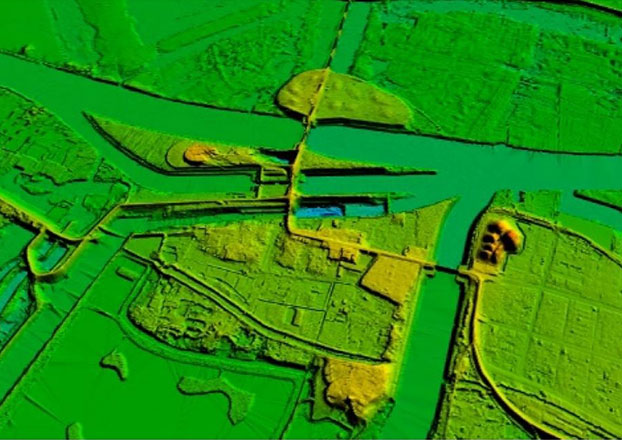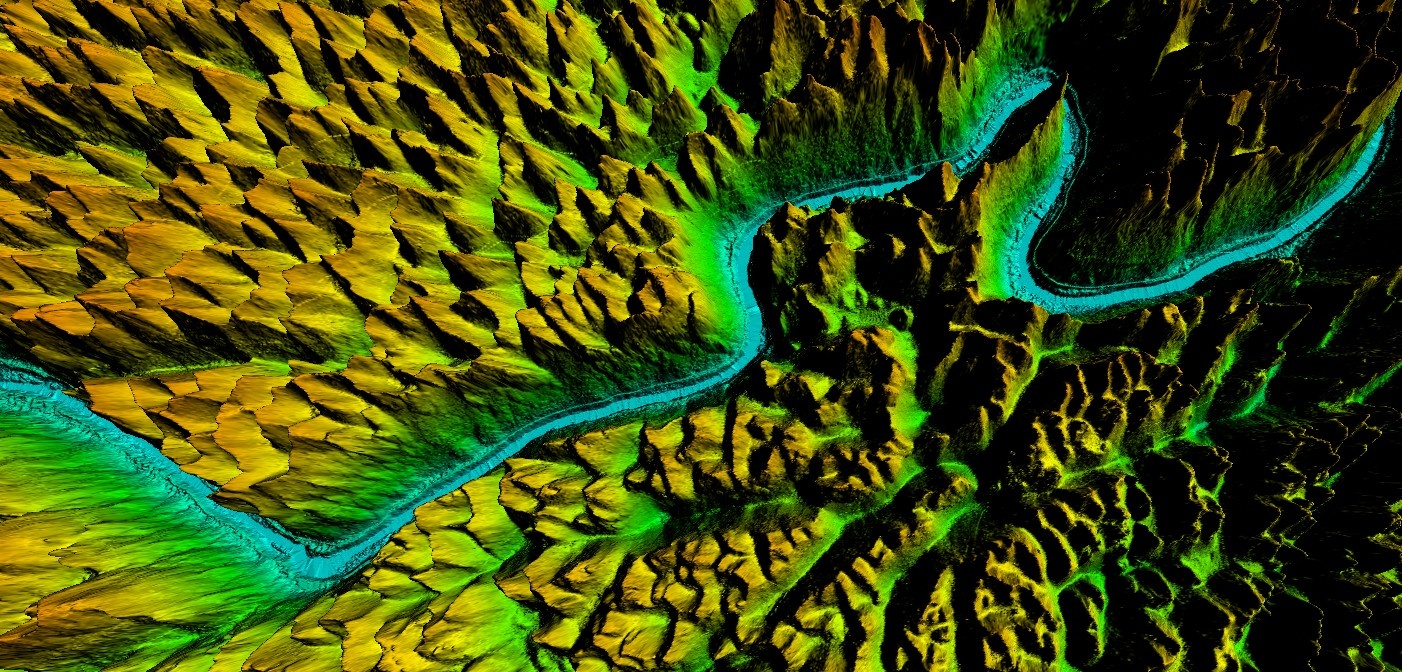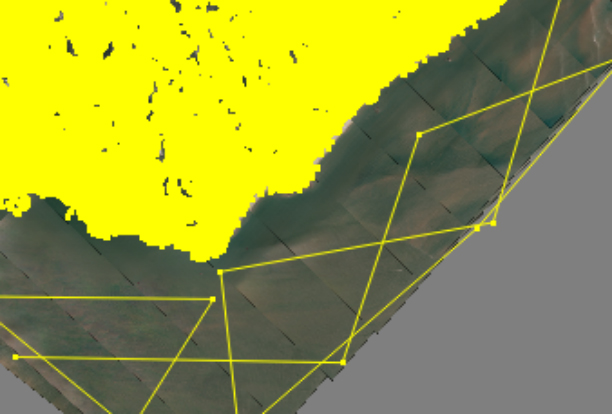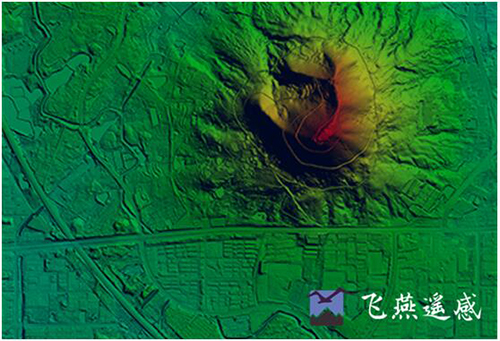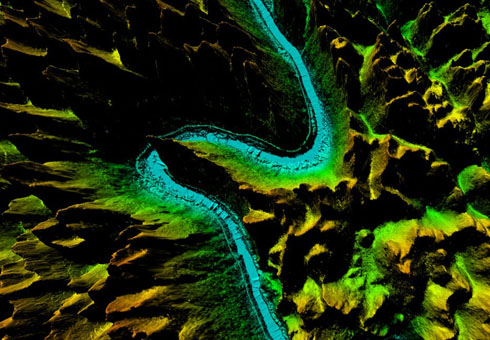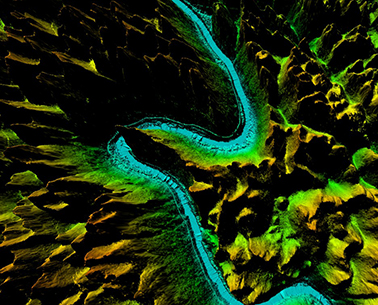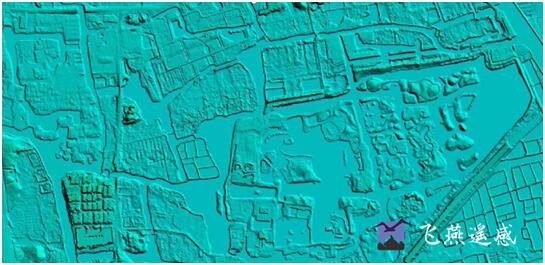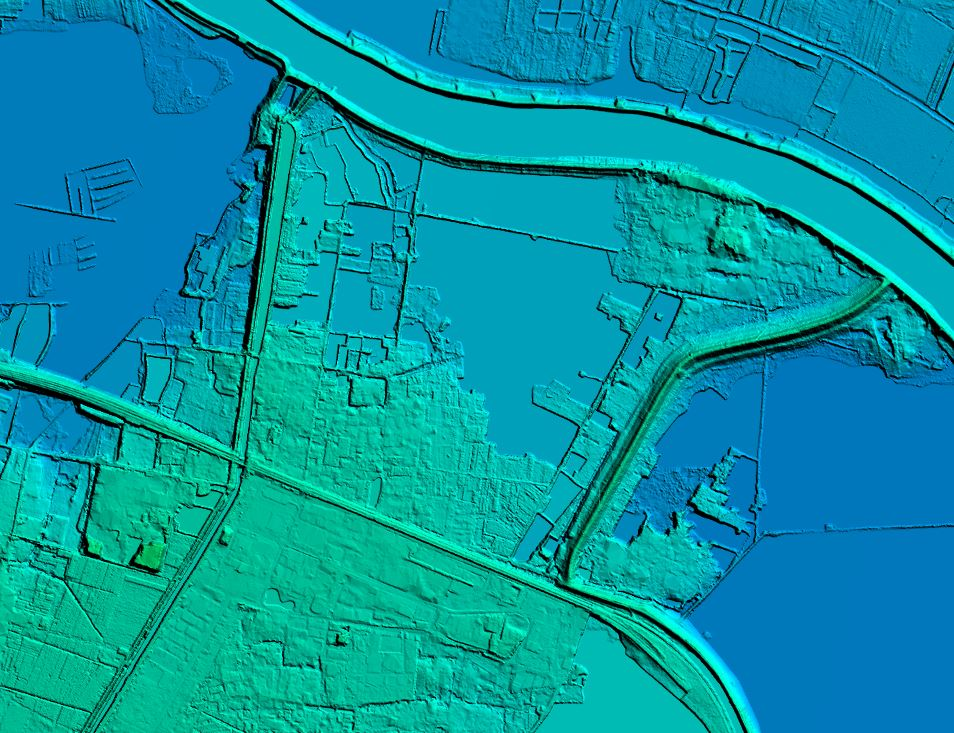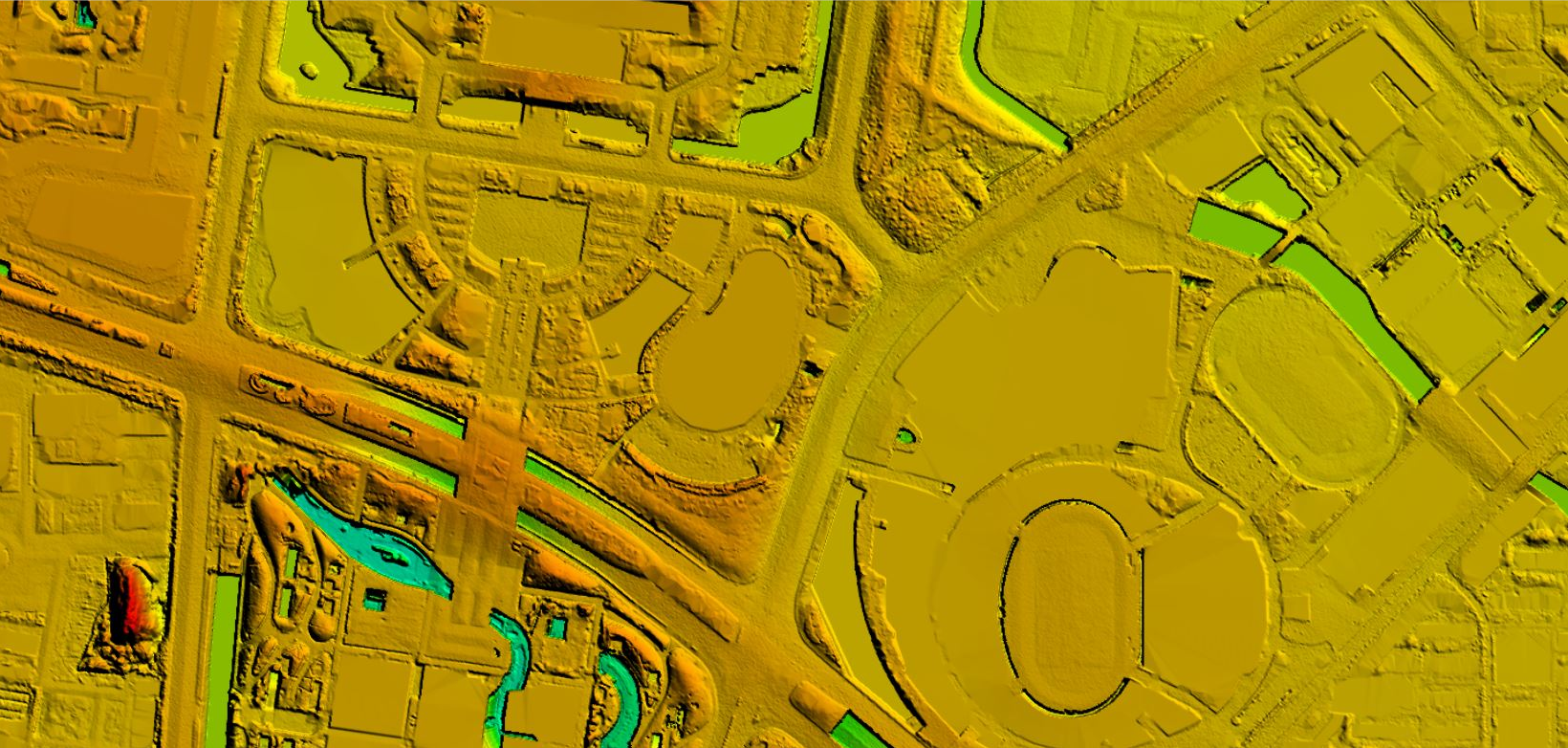
search
What is 4D?
Apr 26, 2023
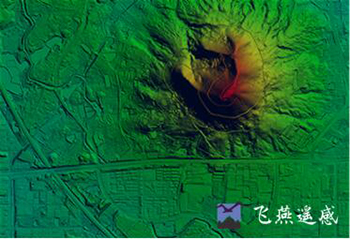
4D technology: Digital Elevation Model (DEM), Digital Orthophoto (DOM), Digital Line Drawing (DLG) and Digital Raster Map (DRG).
Digital Elevation Model (DEM)
Digital Elevation Model (DEM) describes ground elevation information and has a wide range of applications in the fields of surveying and mapping, hydrology, meteorology, geomorphology, geology, soil, engineering construction, military and other national economic and national defense construction, as well as humanities and natural sciences.

DEM (Digital Elevation Model)
Digital Orthophoto ( DOM )
Digital Orthophoto is an image data set generated by vertical projection of surface aerospace images. Referring to topographic maps, it is required to cut orthophoto data according to the scope of the map, and then modify the map outline to become a digital orthophoto map (DOM for short). DOM has the image characteristics of a photo and the map Geometric precision is one of the main components of national basic geographic digital achievements.
DOM has the advantages of high precision, rich information, intuitive and realistic, and strong current situation. It is widely used in land survey, topographic map repair and update, digital geospatial framework construction, and smart city construction. The company has the technical ability and rich production experience of 1:500, 1:1000, 1:2000 and other series of scale DOM.
Digital Line Drawing (DLG)
A digital line graph (DLG) is a geographic information vector dataset of topographical elements expressed in the form of points, lines, areas or map-specific graphic symbols.

Tengger project 1:1000 scale digital line drawing
Digital Raster Map (DRG)
Digital raster map (DRG) is a raster dataset that is consistent with topographic maps in terms of content, geometric accuracy and color after scanning, geometric correction and color correction based on existing paper and film topographic maps.
-
 Jul 30, 2021
Jul 30, 2021The DEM (1:1000) 12000kmВІ of the entire watershed area was obtained and processed within 40 days.
Torrential rains have battered Zhengzhou and its surrounding area during the last ten days, displacing hundreds of thousands of people and causing 1.22 billion yuan of economic damage, Henan authorities said Thursday. More > -
 Mar 22, 2022
Mar 22, 2022Guangxi Forestry Bureau's DEM
After collecting the data, the processing of the point cloud data will be done to obtain the desired outputs. In this process, filtering and classification algorithms will be used to remove noise from the data to obtain a clean point cloud. More > -
 Sep 26, 2022
Sep 26, 2022DEM Editing In DOM Aerial Triangulation
DEM editing is an indispensable part of producing orthophotos(DOM). More > -
 Apr 07, 2023
Apr 07, 2023What is Digital Elevation ModelпјҲDEMпјүпјҹ
A digital elevation model (DEM) is a digital representation of the topography of a geographic area. More > -
 Apr 10, 2023
Apr 10, 2023Application of Digital Elevation Model (DEM) in Natural Resources Field
There are many applications of Digital Elevation Model (DEM) in natural resources field, such as environmental analysis, forest management, etc. More > -
 Apr 11, 2023
Apr 11, 2023Application of Digital Elevation Model (DEM) in Multiple Fields
вҖӢDigital elevation model is an important type of geographic data used to represent the topography of a geographic area in a numerical format. More > -
 Apr 20, 2023
Apr 20, 2023What is Digital Elevation Model(DEM)
The Digital Elevation Model is a bare earth raster grid referenced to a vertical datum, and when non-ground points such as bridges and roads are filtered out, a smooth digital elevation model is obtained. More > -
 Jul 04, 2023
Jul 04, 2023What are the uses of Digital Elevation Model
Digital Elevation Model is a data set of plane coordinates (X, Y) and elevation (Z) of regular grid points within a certain range. It mainly describes the spatial distribution of regional geomorphology, and uses contour lines or similar three-dimensional models for data collection. Acquisition (including sampling and measurement), followed by data interpolation. More > -
 Jun 30, 2023
Jun 30, 2023How to build DEM
There are many DEM interpolation methods, mainly including overall interpolation, block interpolation and point-by-point interpolation: More >

 Aerial Acquisition
Aerial Acquisition Satellite Acquisition
Satellite Acquisition UAV Acquisition
UAV Acquisition Field Acquisition
Field Acquisition Integrated!
Integrated! LiDAR
LiDAR Orthophoto
Orthophoto DEM
DEM DTM/DSM
DTM/DSM 3D Mapping
3D Mapping Topographic
Topographic Infrared
Infrared Feature Extraction
Feature Extraction Transportation
Transportation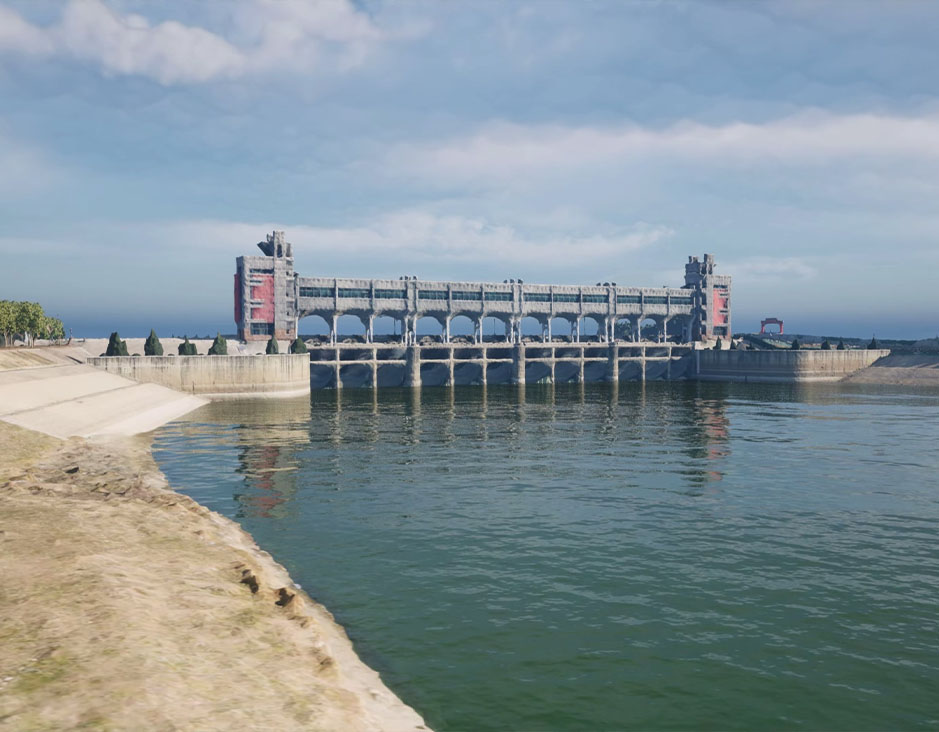 Water
Water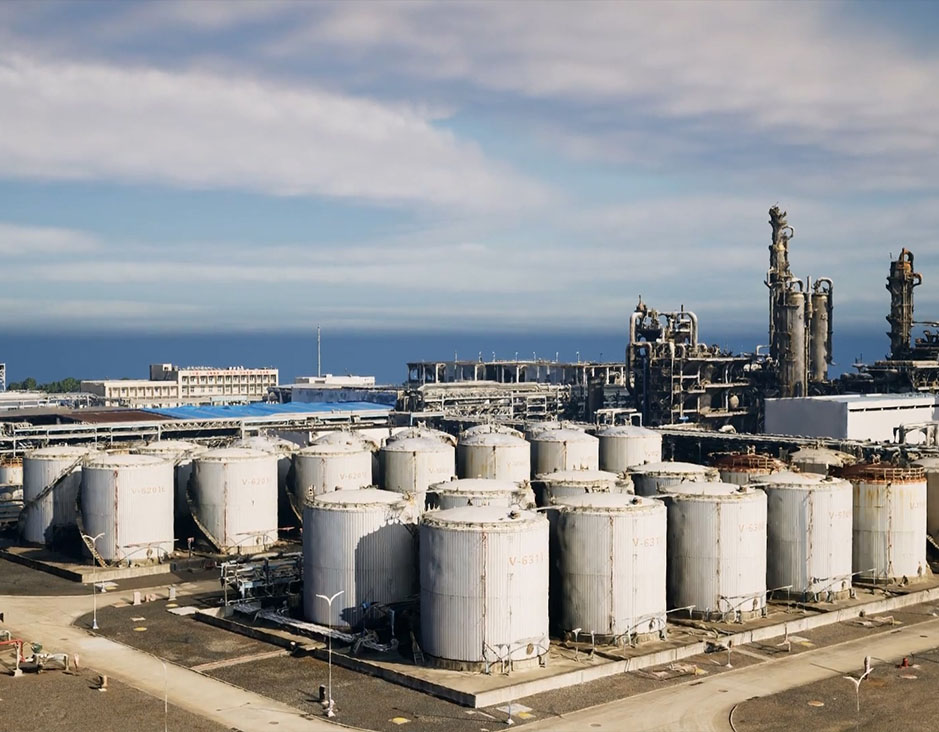 power
power 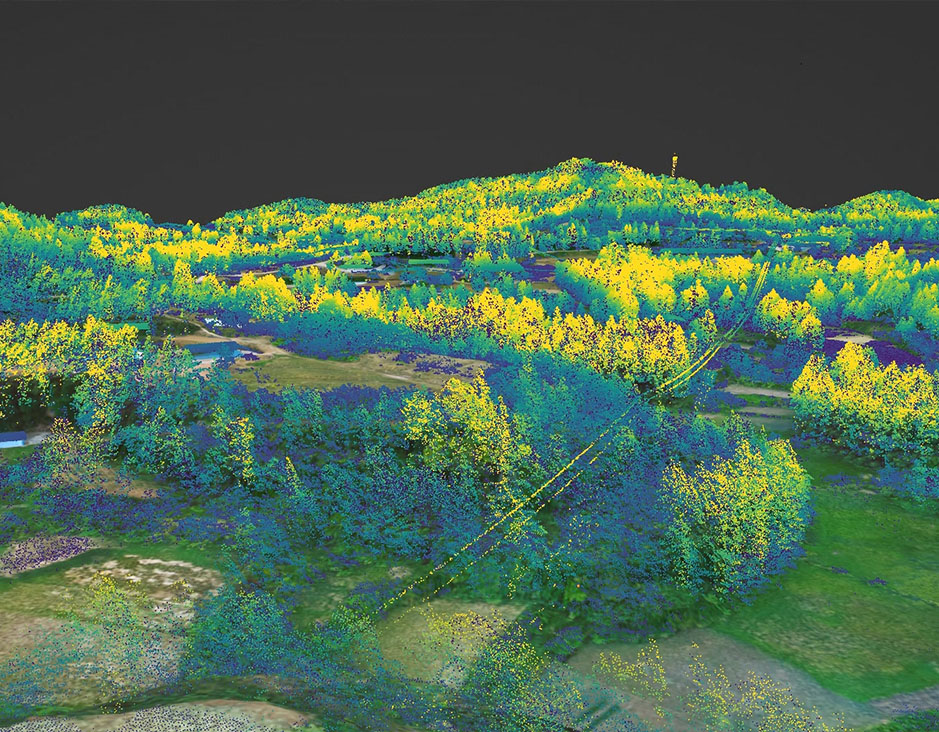 Forestry
Forestry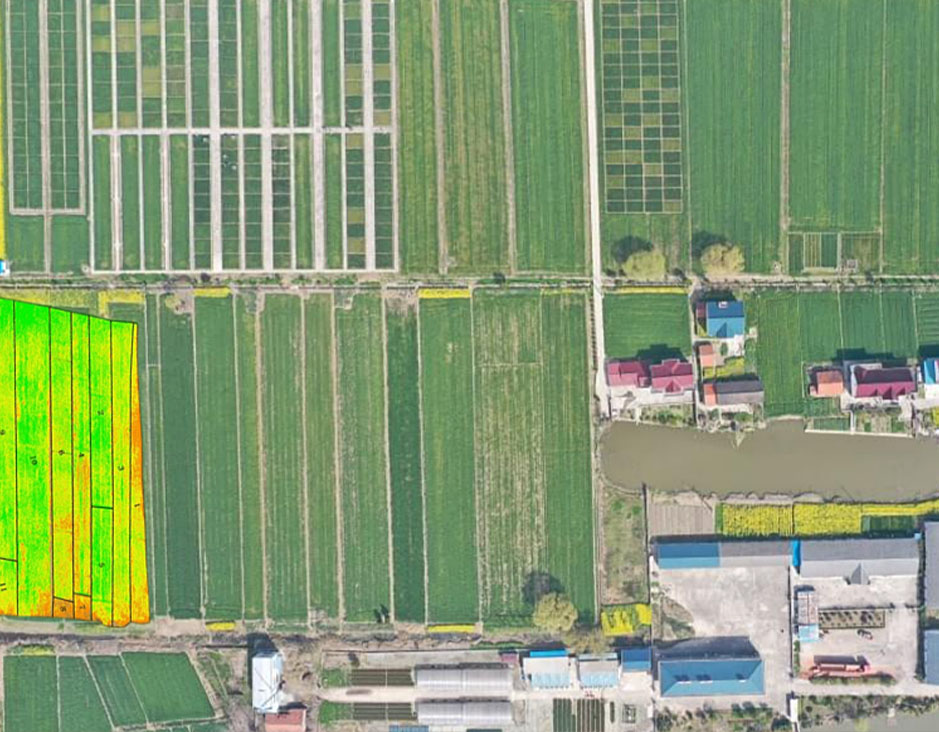 Agriculture
Agriculture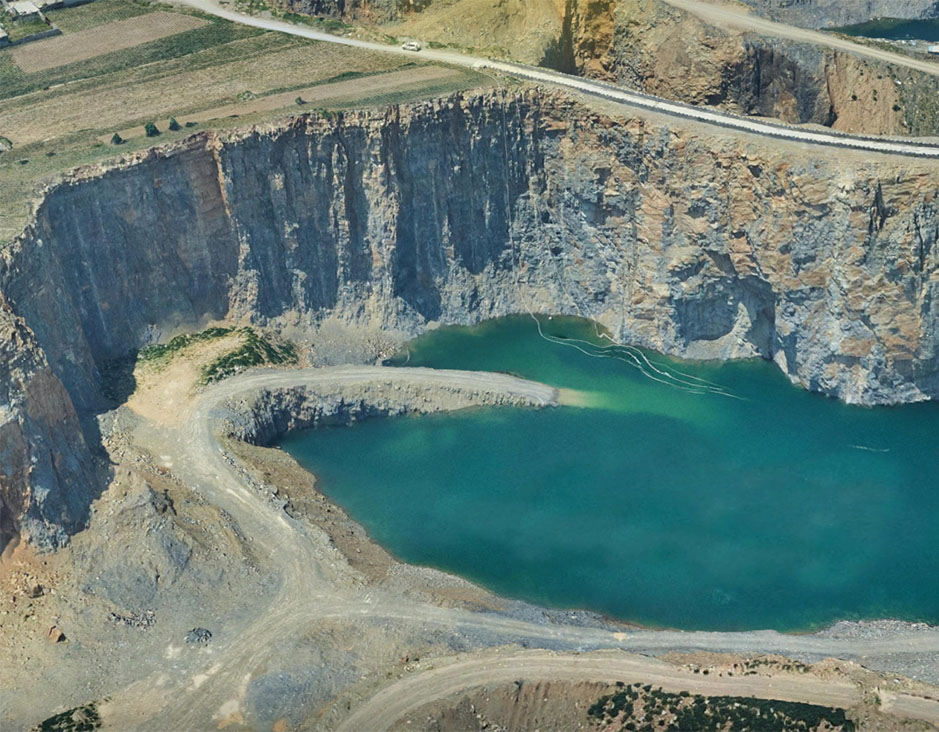 Mines & Quarries
Mines & Quarries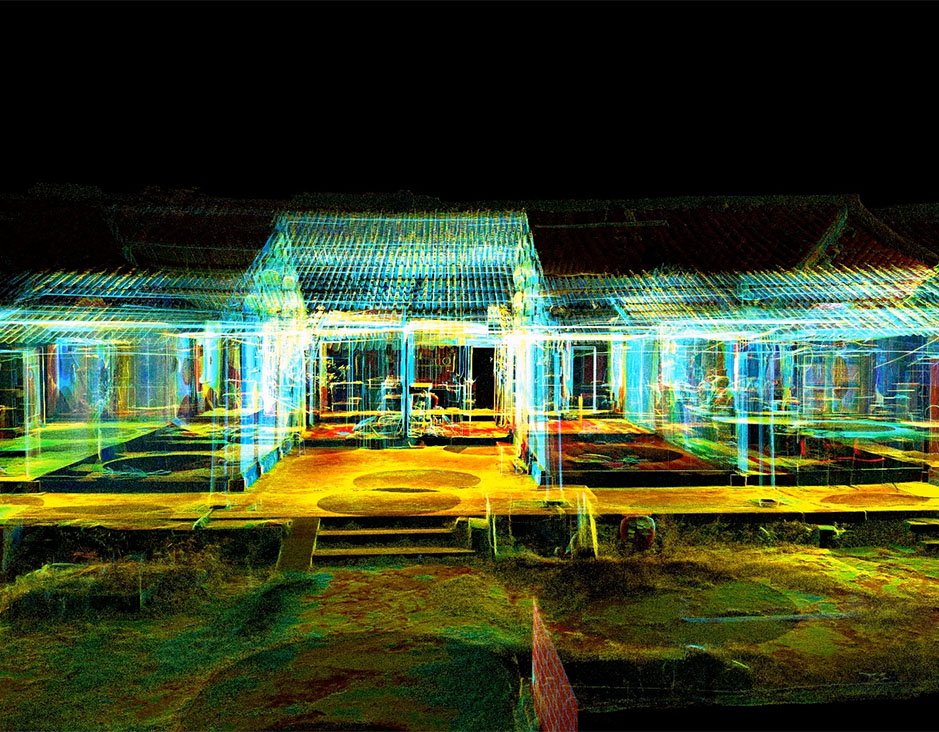 Heritage Buildings
Heritage Buildings About
About Recognition
Recognition Case
Case





